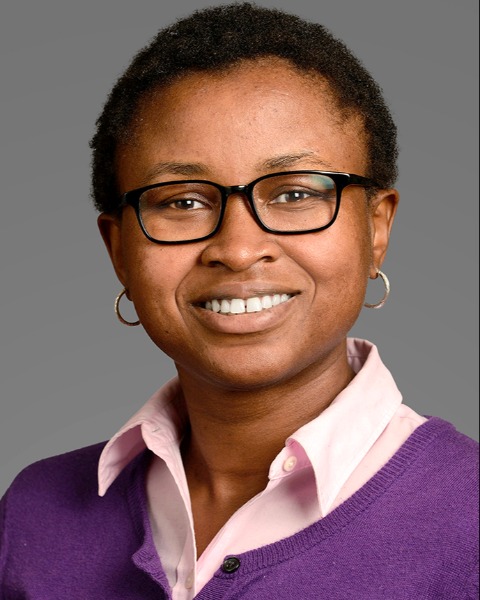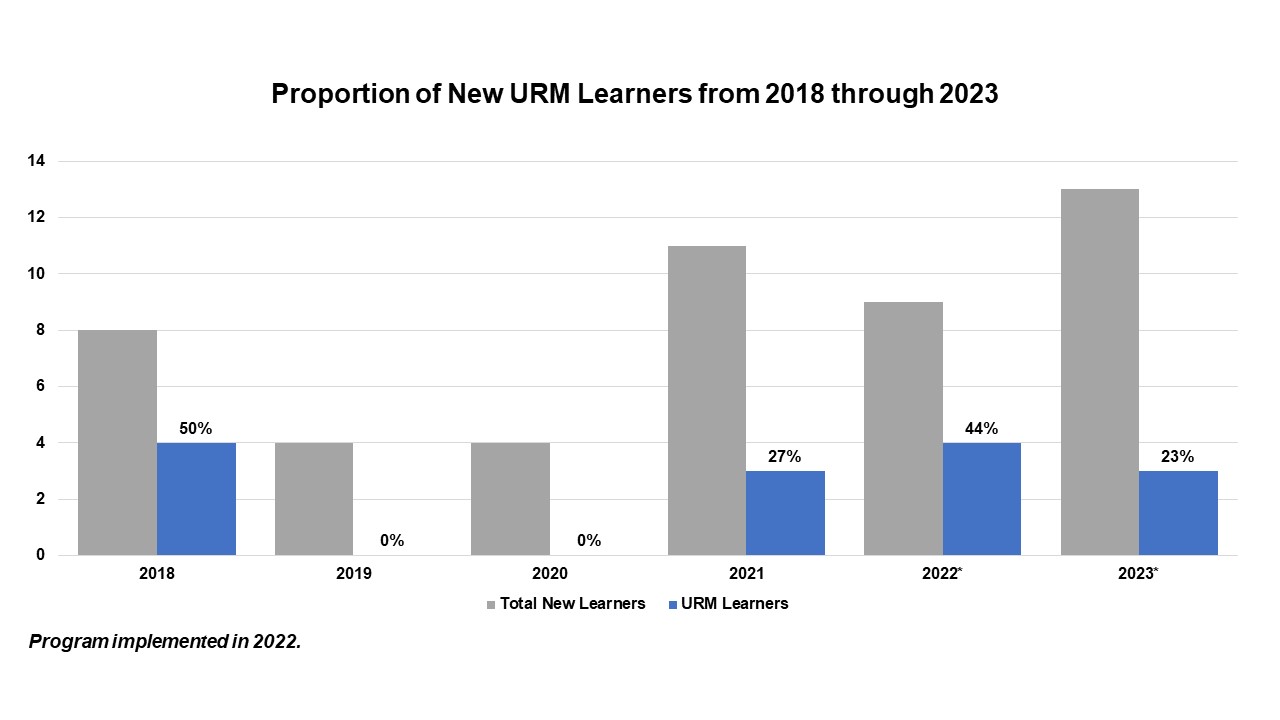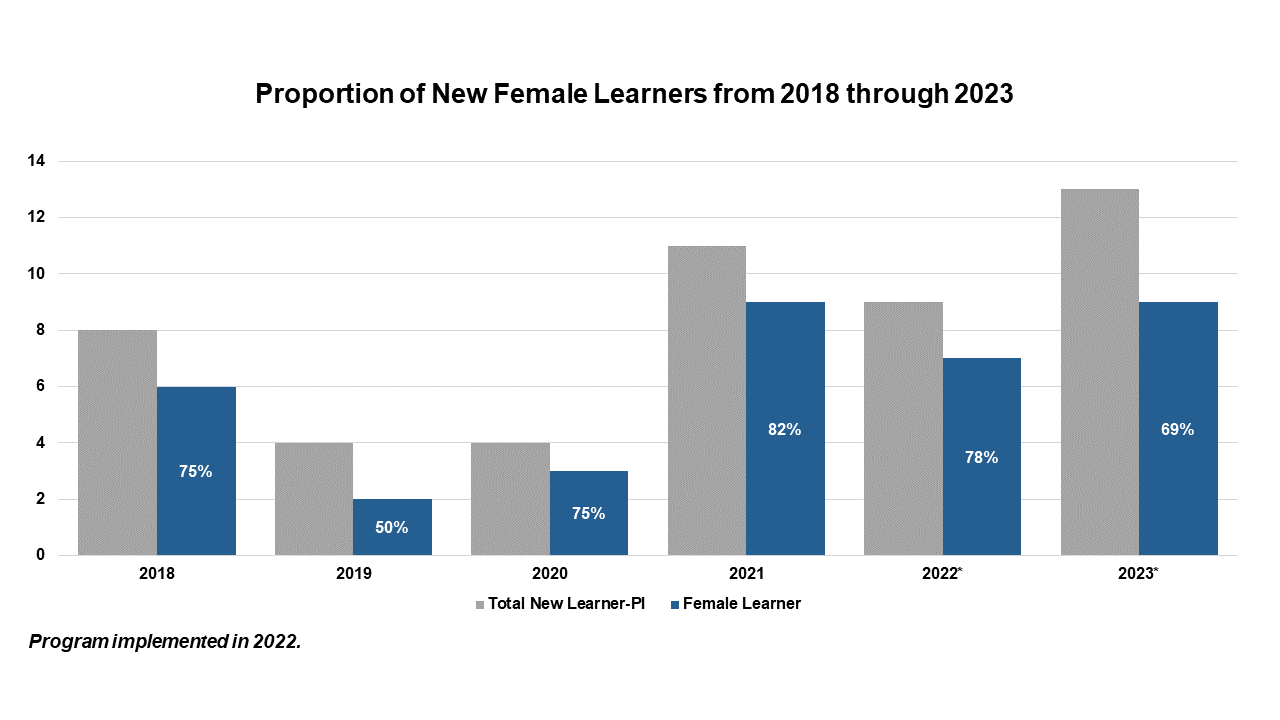Medical Education
Session: Medical Education 10
521 - Empowering Underrepresented-Minoritized Learners and Female Learners to Lead Independent Research Studies: Effect of a Novel and Innovative Pediatric Transdisciplinary Research Training Program
Monday, May 6, 2024
9:30 AM - 11:30 AM ET
Poster Number: 521
Publication Number: 521.2826
Publication Number: 521.2826

Giya Harry, MD, MPH, MSc (she/her/hers)
Assistant Professor
Atrium Health Wake Forest School of Medicine
Winston-Salem, North Carolina, United States
Presenting Author(s)
Background: There has been some advances in recruiting and retaining learners into child health research training programs and careers. However, major workforce shortages remain that magnify the major funding gaps that exist in child health research. In particular, these workforce shortages and funding gaps disproportionately affect learners who are underrepresented in medicine: those who are from minoritized communities and females. There is a critical need for creative, equitable, effective, and sustainable solutions to enhance the child health research workforce to improve the health of youth across the life course.
Objective: Determine the effect of a novel and innovative pediatric transdisciplinary research training program on learner involvement, including among underrepresented-minoritized learners and female learners.
Design/Methods: We initiated a new, unfunded pediatric transdisciplinary research training program to support our research team at a single institution in January 2022. The program empowers learners at all levels (high school and undergraduate students through clinical residents and fellows) to lead independent research projects with coach-mentoring from program faculty. First, we compared the total number of new learners joining our team (before program initiation) from 2018-2021 (per-year average) to the total number of new learners joining the team from 2022-2023 using the paired t-test. Next, we determined the change in proportions of underrepresented-minoritized learners and female learners using McNemar's test.
Results: From 2018-2023, we averaged 6.75 new learners per year pre-program and 11 new learners per year post-program (p < 0.001). New annual underrepresented-minoritized learners increased 100%, and as a proportion of total learners 19% to 34% (p < 0.001), Figure 1. New annual female learners increased 60%, and as a proportion of total learners 71% to 74% (p < 0.001), Figure 2.
Conclusion(s): Our transformative, novel, and innovative pediatric transdisciplinary research training program almost doubled the number of new learners who joined our program per year. Participation in our program by underrepresented-minoritized learners almost doubled. We are currently scaling our program across the institution, including having secured R25 funding from the National Institute of Child Health and Human Development to fund a portion of our program. Our program demonstrates the feasibility and early sustainability for a paradigm-shifting approach to training the next generation of child health researchers.


